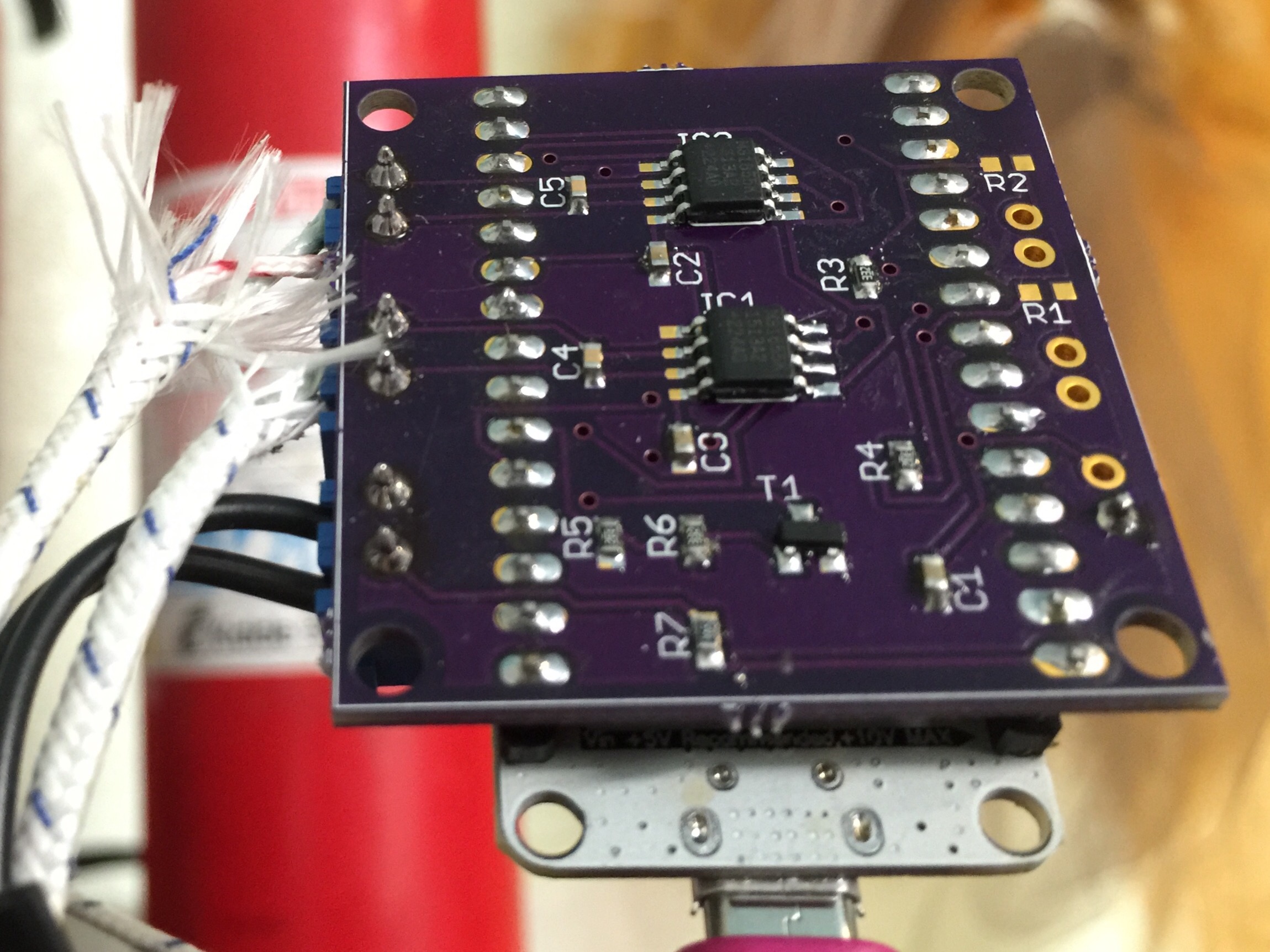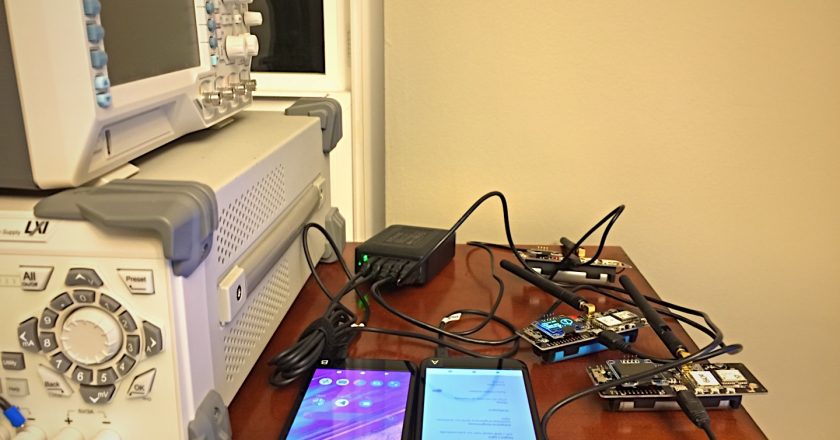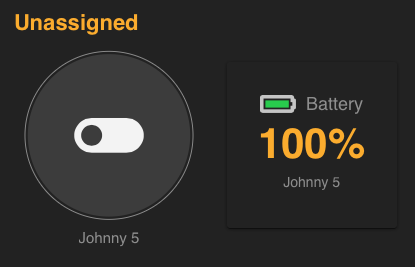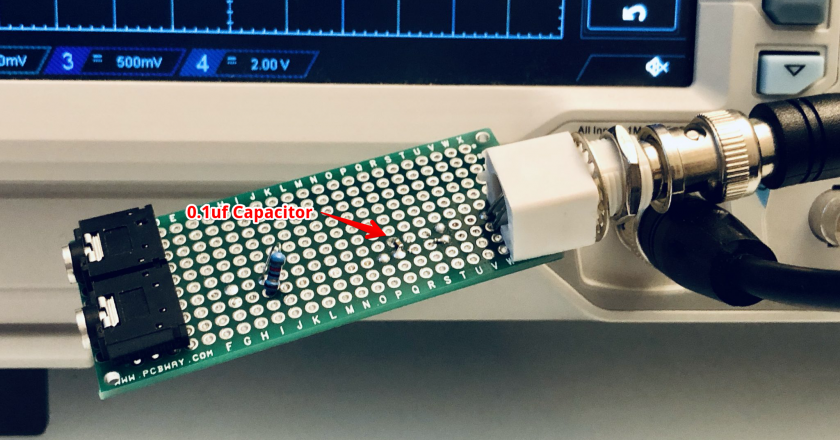eFlow – The Wifi Reflow Oven Controller
Back in 2005 I begun assembling hobby circuits using surface mount components and in 2006 built(ish) my first reflow oven. I say built(ish) because other than using writing “Not for food” on the door with a sharpie and using thermocouple attached to an inexpensive multimeter, there was nothing else modified. A decade later, it’s time to upgrade the lab with eFlow.
The old oven has been replaced with a newer model with a convection fan, quartz heating elements and a home brew open source controller, the eFlow.
Features
- Responsive web based user interface
- Dual Thermocouple Readings for multi-zone readings
- Multiple Solder Paste compounds
- + more!
Design
eFlow has been designed to be easily hand assembled using an off the shelf Solid State Relay with built in zero crossing detection. To keep the count and cost Bill of Materials as low as possible, we start with a NodeMCU development board. The NodeMCU development board is built with 0402 components and includes an ESP8266 and supporting hardware to make this easy. If this were to be built in quantity and the firmware is finalized, we can save about $5 in exchange for a few additional steps in the manufacturing and assembly process.
Source Code & Hardware
Both the source and hardware are available in GitHub. All feedback & questions are welcome!
Source Code
- eFlow v0.0.1 Firmware is now available!
- eFlow v0.0.2 is a work in progress.
Hardware
At present, the eFlow v0.0.1 Hardware is fully functional and works great. This may be revised in the future but it currently supports all the required functionality.
Oven Selection
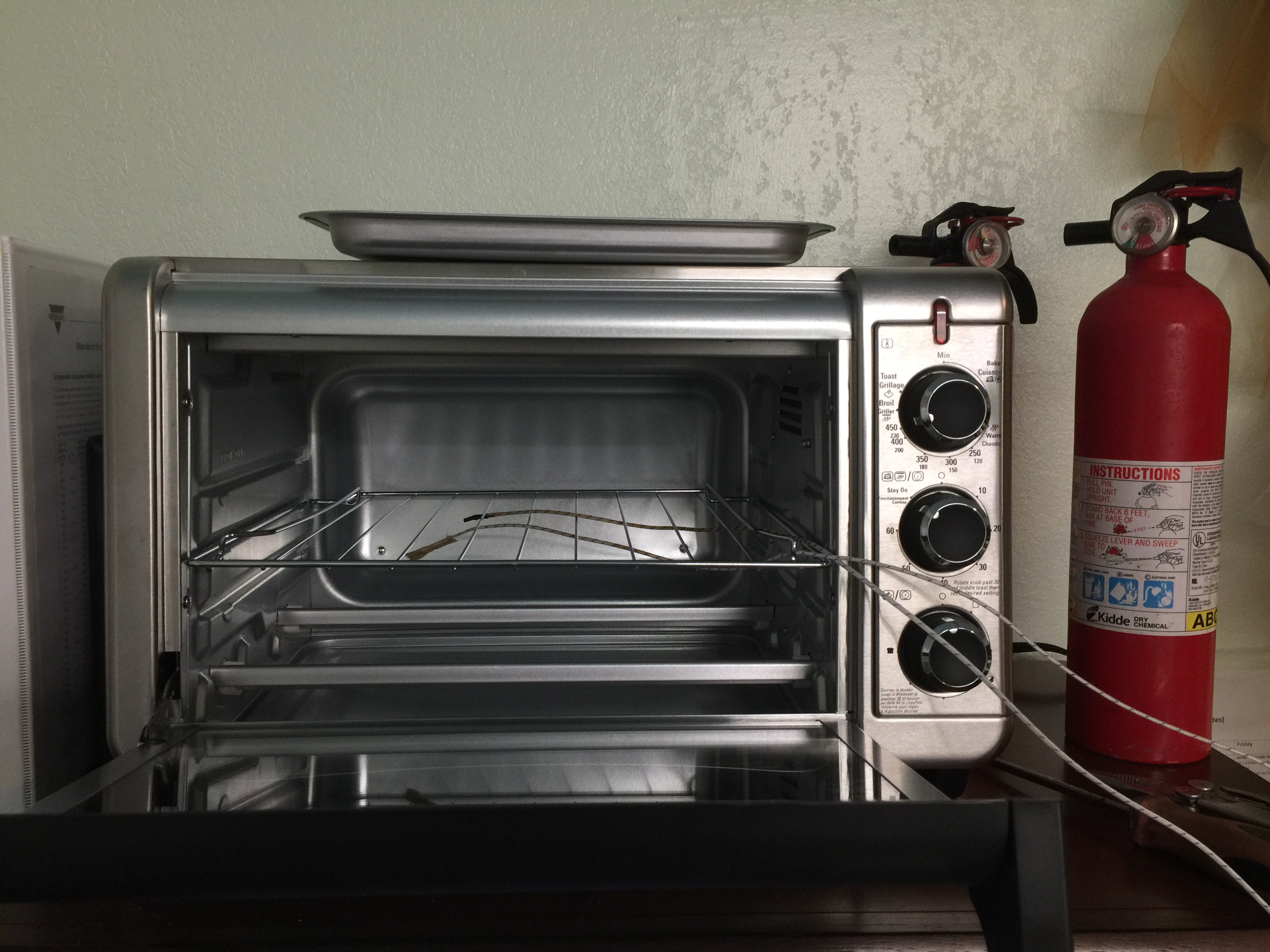
Any oven will work, but it’s important to purchase one with the highest rated wattage that you can find. The model I have is the Black & Decker TO3210SSD 1500 watt Toaster Oven with Quarts elements for $50. Quarts elements are helpful because they heat up quickly and don’t hold much heat once energy is disengaged.
PID Tuning
One assembled, eFlow will need to be tuned for your oven. PID AutoTuning has been purposely excluded from the project since the number of heat/cool cycles per zone are limited. All the PID AutoTuning systems I’ve reviewed favor long term stability rather than quick ramp-up. For the purpose of the reflow oven, it’s preferred to spend 2 or 3 hours and tune it yourself.

